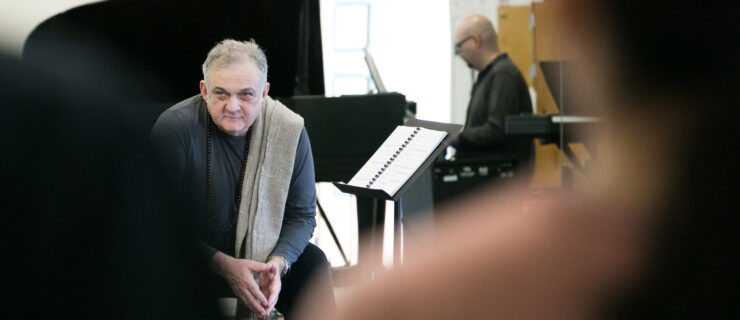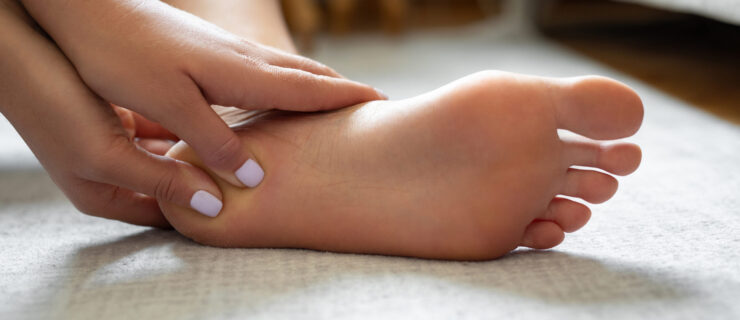Could CBD Be a Game Changer for Dancers?
As more states legalize cannabis, it seems the sales pitch for cannabidiol—or CBD—gets broader and broader. A quick internet search turns up claims that CBD helps with pain, depression, acne, arthritis, anxiety, insomnia, heart disease, post-traumatic stress, epilepsy and cancer. But the marketplace is unregulated, which makes it tricky to find out what CBD actually does.
Still, some dance pros have become pro-CBD. James Moore, a principal at Pacific Northwest Ballet, has been using CBD capsules, tinctures and topical creams for almost four years, and he believes it’s extended his career.
“The stigma still persists, and I don’t want to have a reputation as a stoner,” says Moore. “But CBD has really helped me. At 37 years old, it’s getting harder to do what I do on a daily basis, but I wake up feeling more refreshed, with my muscles more pliable. I get a really direct benefit where I have arthritis in the SI joint in my back, and I’m less sore overall, without popping pain relievers containing harsh chemicals.”
What Can It Actually Do?
Cannabidiol is the second-most abundant material in cannabis, but it won’t get you high like the better-known psychoactive component of the marijuana plant, tetrahydrocannabinol (THC). And experts believe that CBD has the potential to live up to at least some of the hype.
“Research shows that CBD in isolation doesn’t have addiction liability and it significantly reduces inflammation and pain in animals,” says Sara Jane Ward, PhD, who has been studying CBD for 10 years. “However, there is almost no clinical data on its effects in humans.”
Yet Michelle Rodriguez, director of Manhattan Physio Group, is optimistic about the potential benefits. (In fact, her practice sells its own line of CBD bath bombs, tinctures and capsules.)
“When it’s a good product, I’ve seen CBD aid in recovery of sore muscles and help the body heal itself,” she says. “It’s anti-inflammatory and antispasmodic, so paired with massage, it can relieve muscle strain.”
Is It Legal?
Just because CBD products are widely available, it doesn’t mean they’re all above-board. The legality is complicated: In some states, anyone with a medical marijuana card can buy pot products, but Ward stresses that since CBD is coming from cannabis, it is technically a Schedule 1 drug—federally illegal, that is—according to the Drug Enforcement Administration.
“I don’t think the DEA is actively trying to bust CBD users,” says Ward. But in this Wild West environment, marketers can make outlandish claims with no official regulator. Third-party watchdogs have found THC, pesticides, bacteria, fungus, traces of the opioid fentanyl and other dangerous substances in CBD products.
Ward says the safest purchase is hemp-derived CBD. Hemp is a strain of cannabis that is now legal to grow and extract, as long as it contains less than 0.3 percent THC.
So, What Do The Experts Recommend?
If you want to try CBD, consult your doctor first—there could be concerns about the interaction with other medications, says Ward. There isn’t enough research to confirm what dosage is most effective, so start slow; you may be more reactive to what is mild for someone else. And don’t mix it with alcohol, warns Rodriguez.
Kendall Alway, owner of SF Performing Arts Physical Therapy, remains skeptical. “I’m supportive of things that work, but I see more and more conflicting information on CBD,” she says. “The cream from one dispensary might not be the same as the one you buy at another. It could contain THC even if it’s not supposed to. And I can’t imagine that a dancer would be happy about becoming inebriated when they’re expecting pain relief.”




